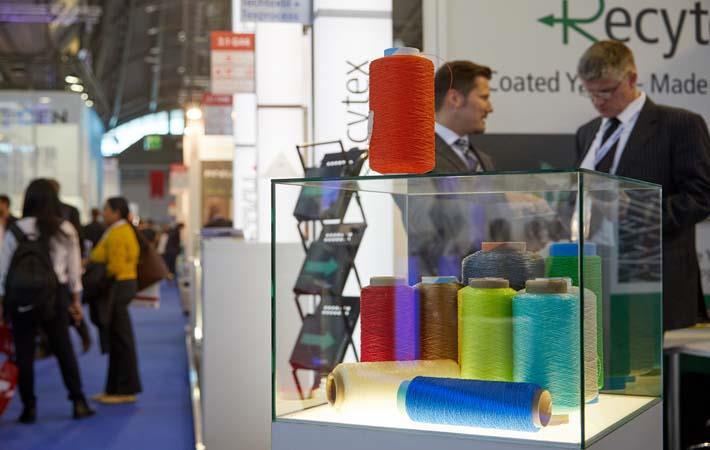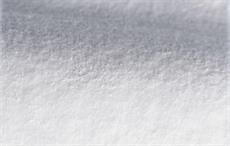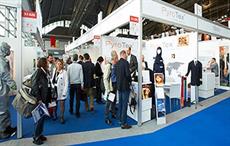Deployable roof and tent dwelling for refugees are among the projects selected in the ‘Textile Structures for New Building’ competition at the ongoing Techtextil, the leading international trade fair for technical textiles and non-wovens. The fair honours students for innovations on building with textiles and textile-reinforced materials.
An international jury of renowned civil engineers and architects selected eight awardees in various categories. With the support of the international TensiNet association, Techtextil honours students and young professionals from the fields of architecture, civil engineering and product design with the awards.Deployable roof and tent dwelling for refugees are among the projects selected in the 'Textile Structures for New Building' competition at the ongoing Techtextil, the leading international trade fair for technical textiles and non-wovens. The fair honours students for innovations on building with textiles and textile-reinforced materials.#
“The award-winning projects were selected by the jury for their inspiration and new architectural perspectives. The spectrum ranges from visually appealing air-inflated halls and improved tent dwellings for refugee camps, via flexible, lightweight exterior shells and textile interior-furnishing systems, to smart façade elements and woven structures made of concrete,” explains Michael Jänecke, brand manager technical textiles and textile processing at Messe Frankfurt.
“The projects illustrate the variety of applications for textile structures in architecture and building,” Jänecke says.
The jury gave three awards in the micro-architecture category, two in the material innovation category and one in the composites and hybrid structures category.
First prize in the macro-architecture category was given to Katrin Fleischer of the Technical University of Munich for her ‘Deployable Roof’, a mobile canopy consisting of a folding support grid in the form of a barrel vault and an integrated membrane covering held under tension by bending-active slats. Second prize went to Margarita Fernández Colombás, Miguel Ángel Maure Blesa, Raquel Ocón Ruiz and Hugo Cifre of the European University of Madrid for their ‘Espacio de la Nube’. The project is based on pneumatic-tent technology, which is familiar from covered tennis courts. The jury was impressed by the complexity of the project on the aesthetic, structural and spatial planes.
Third prize went to Ahmad Nouraldeen of the Anhalt University of Applied Sciences for his design of a tent dwelling for refugee camps. In terms of form and function, the tent is reminiscent of the wigwams of American Indians. However, it also integrates renewable energies and improves the quality of life of the inhabitants through the inclusion of thermal insulation and ventilation.
First prize in micro-architecture category went to Luani Costa of the University of Minho in Portugal for a smart façade element. The adaptive system consists of triangular membrane elements that the user can open or close individually or all together in response to the conditions prevailing, i.e., wind, rain or sunshine. Second prize was given to Julia Mayer of the Technical University of Vienna for ‘Tryplo’, a reinterpretation of a modular system using textile components. The modular components are based on the tetrahedron and can be combined to make three-dimensional structures. In addition to applications as toys, the system is also suitable for use in furniture or textile structures.
In the material innovation category, first prize was given o Natascha Unger and Idalene Rapp of the Berlin-Weissensee Academy of Arts for their ‘Stone Web’. The project illustrates one of the most important aspects of lightweight design and is a pioneering contribution to the use of fibre-based structures in the world of building. Second prize went to Malu Lücking, Rebecca Schedler and Jack Randol (also from the Berlin-Weissensee Academy of Arts) for ‘Shifting Stone’, a prefabricated basalt tissue system that can be integrated into a façade.
In the composites and hybrid structures category, Anne-Kathrin Kühner took first place with her idea for a concrete textile. (SV)
Fibre2Fashion News Desk – India


